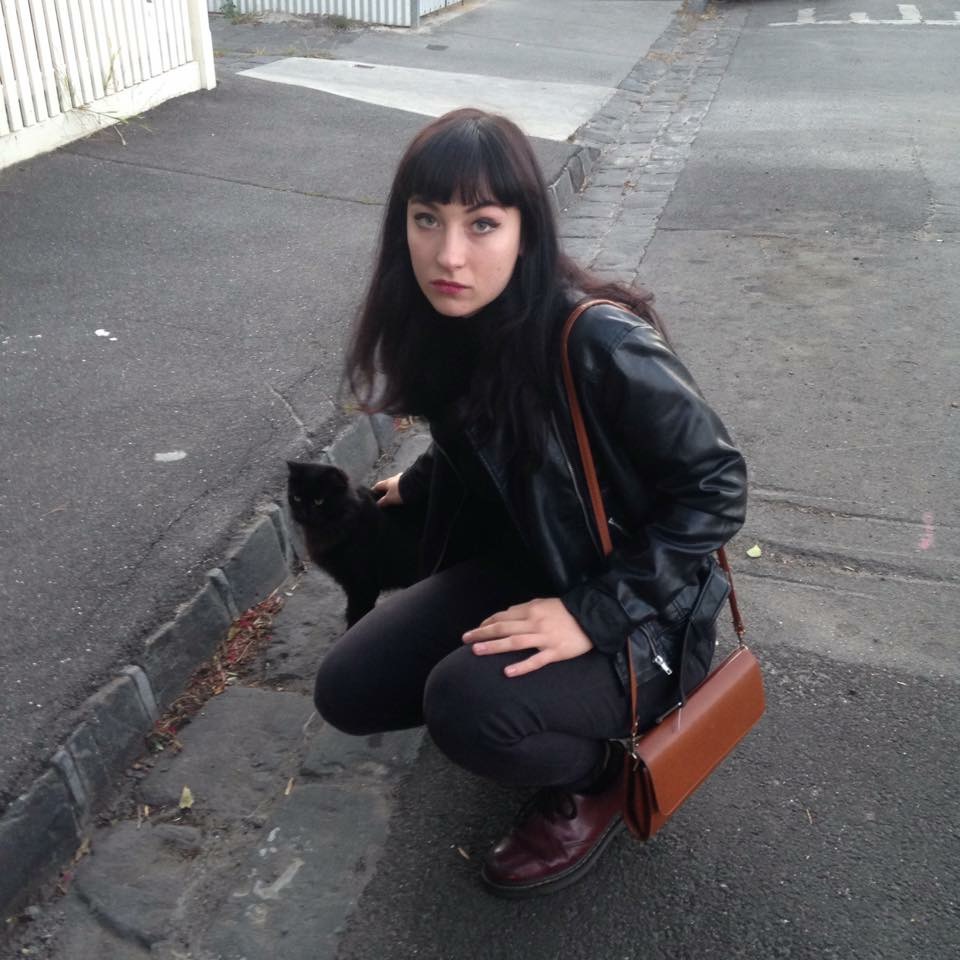Make The Bed
I really wanted to make the bed something really special, but upon rewatching it, I realise I’ve ‘shot the shit out of it’. The whole video is a bit disjointed and overthought. There are 9 shots in 39 seconds, and only one shot repeats itself. I went in to get every angle possible As each stage of the bed progressed, I shot each one in that order – pillows off, top sheet on and tucked, doona, pillows, decorative pillows, resulting in chapters of the film for each action. I think reviewing my rough cut, which ran overtime, I can see this chapter structure clearly.
In the first cut of this exercise, I am aware of myself trying to create a scenario. The slow cuts between shots of the strewn pillows are intended to mimic “aftermath” shots, often seen the morning after parties, and these pillows could be hungover revellers. Rosie from stage left comes and inspects these pillows, accepts the challenge to clean this up and begins by tossing the pillows on the ground, slowly at first but more intensely, leading her to rip the bedsheets and shake off the mess. I was semi-conscious of this storyline while acting and shooting, but reviewing it two weeks later, it’s apparent that I had a clear story in my head when I shot this.
Finally, this extra piece of footage was entertaining to rewatch as I added the clips into the sequence. My girlfriend Siobhan has been interrupting the filming to pop into our room to grab her keys, change her clothes and at one point jump on the bed I’m making. In this shot I am about to shoot what I thought would be the pièce de résistance; the doona cover slowly falling in the air, compressing itself as it lands. Siobhan starts asking me where the spinach is in the fridge. This is the best piece of footage I shot that day:
Lenny in Three Acts
I found this first sequence I shot with Margot and Nikki really interesting. We storyboarded well, had a clear vision and had completed a correct camera set up. It was only until we got out into the alley did it look totally different from what we had envisioned. The edit wasn’t as seamless as I had wanted, but there was a really crazy shot we tried with a focal grab, just as an experiment. Nikki would walk up to us with a pained face, and the closer she got the more in focus the image would be. It ended up being my favourite shot. Unfortunately it was hard to edit into the sequence but I tried anyway. If I could go back I would go back and reshoot this take to fit the shot in better.
The video is very blue. It was about 4.00pm on an overcast day and we had set up the camera facing the light, and the actress turned away from the light. I could write that the pain and nearness to death she was experiencing was pushing her into darkness, but it was more accurately a factor of filmmaking we did not consider. I want to be more wary of light, as all of the photography classes I’ve taken have said that it is the crux pf shooting anything. I find myself more engrossed in the performance whenever I’m looking through the viewfinder, or the direction the action moves in. Or even more, a colourful detail I want to include in the shot, such as the yellow pole or the RMIT sign on the wall.

